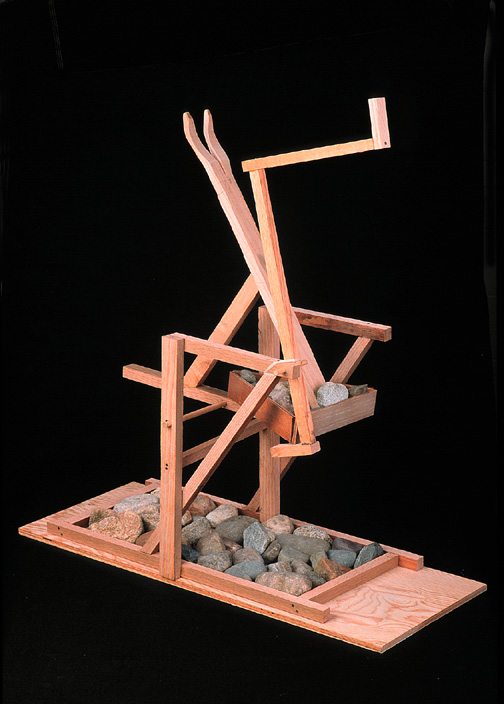Keel Breaker, Sienna, 15th Century CE
by Stacey Cooney and Dara Weinerman

A keel breaker is a counterweight hull-piercing device. It was originally designed by
Mariano di Iacopo (or Jacopo) 1382-c.1453), known as Taccola. Like many men of the early
15th century, Taccola was an antiquarian and inventor. He viewed himself as an inventor,
but also as a restorer of ancient knowledge. He was sometimes called the "Archimedes of
Siena," a title that refers to his ancient predecessor.
The keel breaker was designed to rest underwater in shallow lagoons and marshes,
especially around the ports of Talamone and Orbetello. It was intended for protection
against pirates. When the trigger mechanism is tripped by the hull of a ship a
counterweight is released downward and a claw extends upward piercing or tearing the keel
(hull) of the ship.

